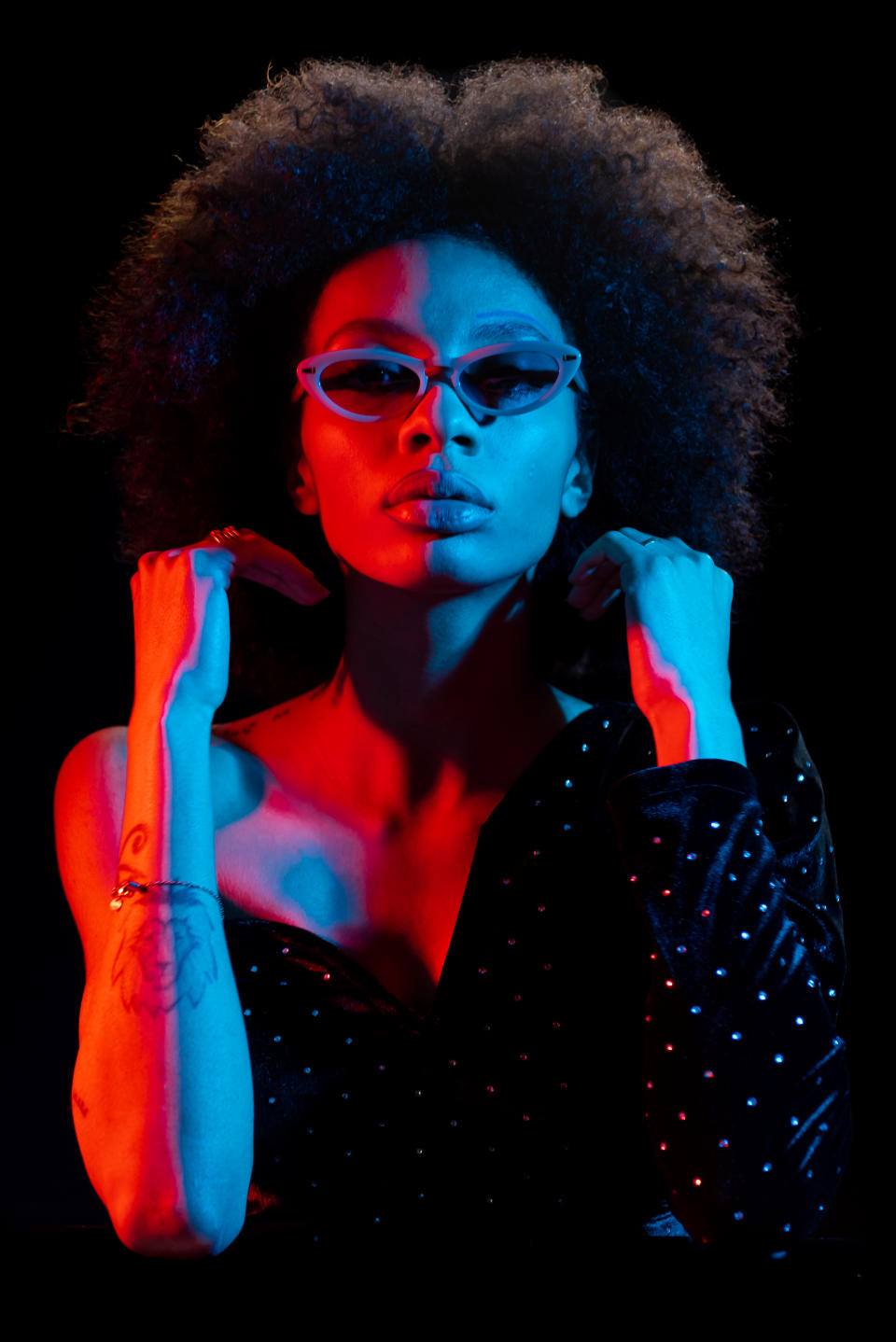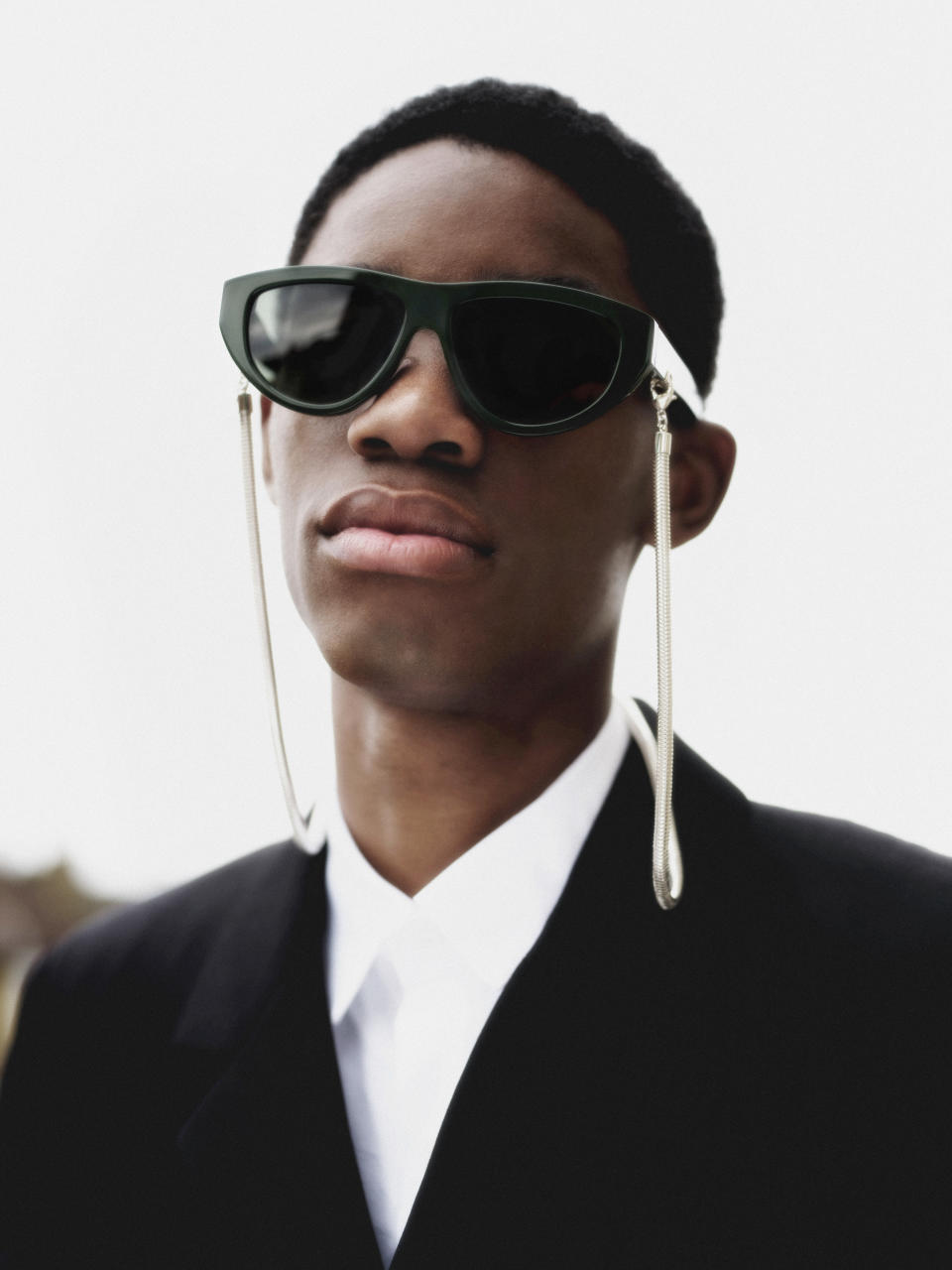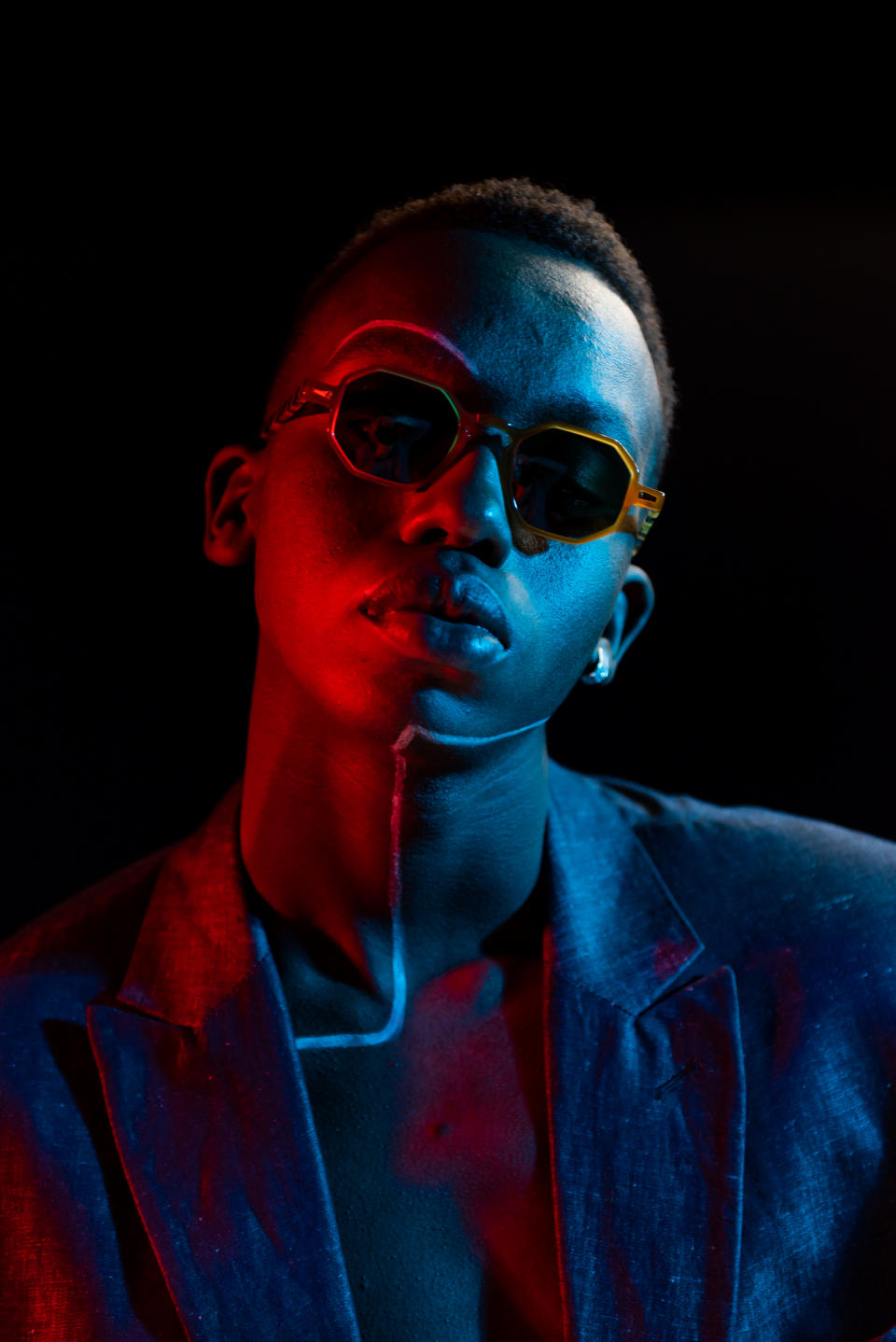Niche Italian Eyewear Brands Play by a Different Rulebook in Pandemic Aftermath

MILAN — As an industry dominated by large groups that generate the bulk of their revenues from licensing deals inked with notable luxury brands, eyewear has left little space for independent players, which often lack the financial muscle and manufacturing prowess to compete.
Although Italy has traditionally been home to many of the leading eyewear specialists, the country’s niche players are arguably competing in a different league, and most often aren’t even interested in pursuing the same path, mindful that the model is saturated by the larger players.
More from WWD
Emanuele Pugnale, who established the Pugnale eyewear company in 2013, claims the licensing business model has penalized creativity and most companies — except for some farsighted players like Kering, which set up its own eyewear division — have not acknowledged how this could impact the category’s long-term performance.
“Eyewear has been somewhat mistreated as an accessory, but it’s picking up. Fashion brands didn’t really consider its potential and outsourced this product category to specialty players and their expertise, thus outsourcing also creativity and quality,” he contended.
Similarly, Federica Moretti believed the industry needed a refresh when she put on hold her namesake millinery brand to develop Huma Eyewear. She claimed she played a role in shifting the perception of sunglasses, and now optical frames, moving the needle of the conversation with her brand.
She offers traditional Made in Italy eyewear designs but uses them as a plain canvas to be accessorized with extravagant ’90s hair pins, pearls and rhinestone chains, as well as pendants, earrings, clip-ons and even a lighter holder — all attached via hooks to the frames.
“When I started in 2017 I witnessed the industry evolving… my designs spurred interest because they stood out from the crowd,” Moretti said, noting how other, more established companies have since started offering similar styles. “I’m proud of bringing something new to the table. While bigger players were innovating with their frames, we were rewriting the way sunglasses can be used as an accessory, adding one extra layer, by accessorizing them.”
Although independent players can indulge in experimentation and new business models, quality cannot be compromised and needs to be supported via manufacturing deals, entrepreneurs observed.
To this end, Kyme, the accessible eyewear brand established in 2013 by Antonello Calderoni, marked a turning point when in 2019 it sold a stake to Stefano Scauzillo, founder and chief executive officer of Essequadro, a niche eyewear manufacturer based in the Campania region with sales of 10 million euros last year.

Courtesy of Kyme
This has helped the brand not only strengthen its supply chain but also navigate hardship over the past two years and grow its revenues despite the pandemic-induced pressures. “This says a lot about how bullish our midterm goals for the company are,” commented Scauzillo, citing a reduced time to market and custom services dedicated to opticians as among the contributors to success. The executive forecast Kyme revenues will total 4 million euros, up 25 to 35 percent year-over-year, in 2022.
“I think we were able to leverage our competitive advantages, and managed to identify a precise target both in terms of retailers and end customers,” he said.
As much as putting creativity front and center is the upside of independence, it also comes at a cost.
The past two years have cast a shadow on the resilience of the niche players, with a few exceptions, including Kyme. Pugnale hasn’t introduced a new collection since 2020 and is looking forward to eyewear trade show Mido, scheduled to run April 30 to May 2 in Milan, to fully resume business and highlight the firm’s creativity, now solely focused on its house brand after licensing and partnership deals with fashion labels Amen and Anteprima, respectively, were discontinued.
“It will be about resetting the brand’s creativity and identity… To move past trends that have set the pace of this industry for too long and which ended up swallowing niche labels, too,” Pugnale said. “When you have a clear identity it’s easier to gain trust and that’s the way to keep growing and securing new market shares.”
Pugnale and Huma Eyewear were both recently backed by investors, seen as key to future growth and to scaling the businesses. Pugnale said that the past two years have left little to no margin for error, and came at a delicate phase of growth for the company which, backed by Friulia, an investment vehicle controlled by Italy’s Friuli Venezia Giulia region, was beefing up its management. He hopes 2022 will see a boost in business, considering industry trade shows resume in person and should attract an international audience, save for buyers from Asia, a key region for the eyewear company.
While pre-pandemic plans entailed retail expansion, Pugnale is now focusing only on the opening of a flagship on the first floor of its headquarters in Udine, Italy, while it has temporarily closed its Rome unit and is postponing plans to open stores elsewhere, although non-European cities, such as New York, are still top of mind long term.
Huma Eyewear’s Moretti forged ties with a business partner pre-pandemic, selling a 50 percent stake, and embarked on a rebranding strategy that has seen her label drop the Sunglasses word in favor of Eyewear, reflecting a renewed focus on optical frames. “Despite business havoc, we pressed on and expanded our offering,” the bubbly creative explained. Huma Eyewear’s collections now include 11 sunglasses and six prescription frames, each available in six colorways.
Niche eyewear companies had often found their sweet spot pre-pandemic distributing in multibrand fashion stores, more open to newness and viewed as instrumental in laying the groundwork for building broader appeal. In the aftermath of the health crisis, though, opticians have turned out to be more reliable partners.
This was part of Huma Eyewear’s post-M&A retooling and it has given the company more stability opening up to new, less fashion-driven customers via independent opticians that can better communicate the brand. The introduction of men’s frames and accessories will further enhance exposure and better leverage that channel, Moretti contended.

Courtesy of Huma Eyewear
At the same time, banking on a new deal with Milan-based showroom Tora Tora, the company is planning to resume and strengthen operations in the fashion wholesale channel, where it already operates via a few stockists, such as Paris’ Modes, Piaff Boutique in Beirut, Lebanon, and 10 Corso Como, among others.
Similarly, Kyme started out in 2013 via fashion stores. Its fashion-driven styles priced just under 150 euros rapidly gained the brand a strong following. “The brand quickly became appealing to a broad audience, especially customers of fashion multibrand stores with a strong positioning based in Italy and France,” said Calderoni.
Capitalizing on that demand, the entrepreneur and creative expanded distribution to opticians, which now make up the bulk of the brand’s revenues. There are no plans, Scauzillo confirmed, to return to the fashion wholesale channel, while more digital investments to support e-commerce operations are in the pipeline.

Courtesy of Kyme
Pugnale by contrast launched via opticians and continues to generate 90 percent of its revenues via that channel. “Our sunglasses would be a perfect fit for fashion multiband stores, but we often find barriers to entry for our high price point,” Pugnale explained, noting that he expects apparel stores to account for no more than 20 percent of sales, which should reach 1 million euros in 2022.
In keeping with the market’s fast-paced evolution, collaborations will increasingly play a pivotal role in expanding brand awareness, although they are often harder to develop than for other fashion categories.
“It’s hard to conceive the perfect collaboration,” Kyme’s Calderoni observed. “It’s either about collaborating with a strong company for a win-win match or with prominent personalities. Otherwise it’s just too much effort for too little return [on investment].”
In the upcoming month Kyme will launch a competition addressing its community and asking followers to submit their own sunglass designs. The winning project will be manufactured and sold as part of the brand’s collection.
Similarly Moretti is testing the collaboration waters, but acknowledged that she can only see them applied to Huma Eyewear’s accessories range, rather than the frames. For her first one to be unveiled later this spring she partnered with an association that provides recycled PET.

Courtesy of Pugnale
Pugnale’s venture into collaborations started with a capsule collection designed by New York-based architect Hani Rashid and developed for Audrey Tritto and her lifestyle and luxury website. At next September’s edition of eyewear trade show Silmo, the brand will debut a capsule with an American singer, but the entrepreneur declined to reveal further details.
Sign up for WWD's Newsletter. For the latest news, follow us on Twitter, Facebook, and Instagram.